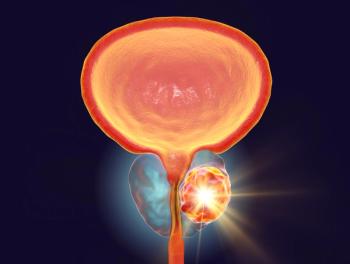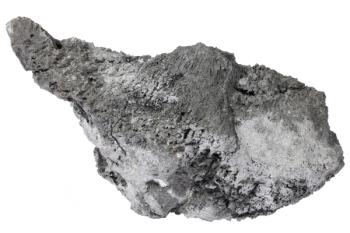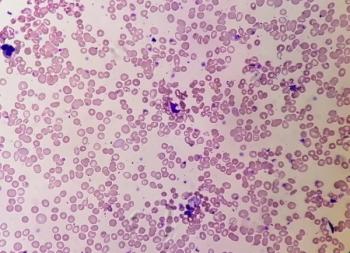
A recent study demonstrates the potential of infrared (IR) spectroscopy-based breath analysis as a non-invasive method to detect prostate cancer by identifying disease-specific volatile organic compounds.


A recent study demonstrates the potential of infrared (IR) spectroscopy-based breath analysis as a non-invasive method to detect prostate cancer by identifying disease-specific volatile organic compounds.

Top articles published this week include an interview with Landulfo Silveira Jr., an article about using Raman spectroscopy in hematology, and a recap of a recent study that used infrared (IR) spectroscopy to screen for cancer.

A recent study used Raman spectroscopy to monitor cell culture processes.

As a preview to the SciX 2024 conference, Spectroscopy sat down with Ioan Notingher to discuss about what he is looking forward to at SciX 2024.

A recent study out of Russia examined the application of Raman spectroscopy in biomedical and biological research.

In part 2 of our conversation with Nick Stone, we discuss topics such as machine learning (ML) and spectrometer transferability in clinical settings.

In a preview to the upcoming SciX Conference October 20 to 25 in Raleigh, North Carolina, Spectroscopy sat down with Nick Stone of the University of Exeter to discuss his recent work in oncology and clinical analysis.

DermaSensor published the results of their elastic scattering spectroscopic device in differentiating between benign and malignant lesions.

A recent study looks at using Fourier transform infrared (FT-IR) spectroscopy to distinguish between platinum-resistant and platinum-sensitive ovarian cancer tissues.

Top articles this week include how spectroscopy is being used in education, athletics, and biology.

A recent study examines using a new predictive model to accurately and efficiently identify evanescent trauma in skin tissue.

A recent study from the University of Guelph used nuclear magnetic resonance (NMR) spectroscopy to learn more about protein unfolding.

A new study examined chromatin configurations using a new method called interferometric scattering correlation spectroscopy (iSCORS).

Harun Hano, Charles H. Lawrie, and Beatriz Suarez, et al. from the Department of Physics at the University of the Basque Country (UPV/EHU), in Spain; and the IKERBASQUE─Basque Foundation for Science in Spain have published a research paper in the journal ACS Omega describing the use of Raman spectroscopy with specialized data treatment for the diagnosis of lung cancer.

A recent study examines how the integration of artificial intelligence models with Raman spectroscopy can improve the accuracy of pathological diagnoses.

Researchers from Vanderbilt University and Stanford University School of Medicine have developed a low-cost, wearable functional near-infrared spectroscopy (fNIRS) headband. This device, described as the first open-source, wireless fNIRS headband system, enables neuroimaging in naturalistic settings, making brain monitoring more accessible and versatile.

A recent study published in Food Frontiers shows how Raman spectroscopy is being applied in biomedical sciences and what it means for the industry moving forward.

Hokkaido University scientists are investigating a more sustainable approach for detecting arsenic in minerals.

A recent study published in the International Journal of Molecular Science shows how Raman spectroscopy combined with machine learning can serve as an improved alternative detection method to preclinical Alzheimer’s diagnosis.

A recent study from the Children’s National Health System and George Washington University explored how near-infrared (NIR) spectroscopy can be used to improve epilepsy detection in patients with mitochondrial disorders.

A recent study highlighted how infrared (IR) spectroscopy is being used in oncology to help detect the early onset of gynecological cancers.

A recent study examined how surface-enhanced Raman spectroscopy (SERS) is being used to help diagnose pancytopenia-related diseases earlier.

A recent study examined how advancements in Raman spectroscopy have aided breast cancer diagnosis and treatment.

We recently interviewed Kacie Ho of the University of Hawaii about her study on metals in seaweed, and how they can be monitored and regulated now and in the future.

Scientists from Tamil Nadu, India recently developed a new fluorescence-based chemosensor for selectively detecting trivalent chromium (Cr3+) ions.